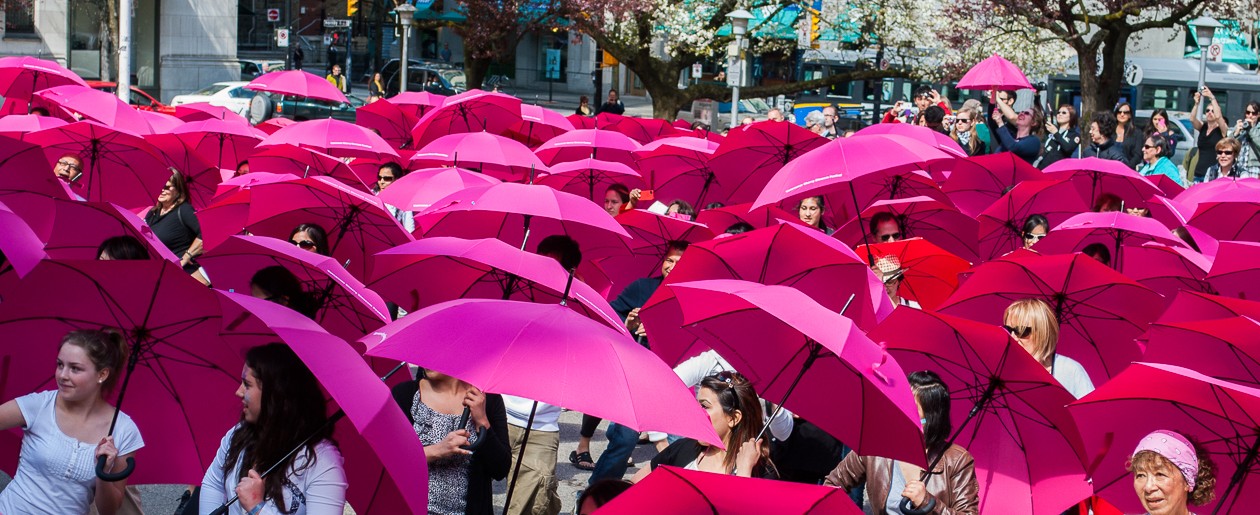I was having a reread of John Berger’s essay “Appearances” this morning when I learnt of his passing. So sad to think that wonderful writing style has forever been silenced! RIP John Berger – the art world will surely miss you.
I’m still exploring the concept of ambiguity and as pointed out by a fellow student, Berger’s essay deals with this topic as only Berger can. Below are just some brief notes from the essay.
- Every photograph presents the viewer with two messages:
- a message concerning the event photographed
- a message concerning a shock of discontinuity
- Between the moment the image is recorded and the moment that the image is viewed or looked at is what Berger calls an abyss.
- The ambiguity of a photograph doesn’t reside within the instant of the event which is photographed. The ambiguity arises out of the discontinuity.
- There is a fundamental difference between images in our memory and the photographic image. Images that we remember are “the residue of continuous experience” while “a photograph isolates the appearances of a disconnected instant” (p. 57).
- Meaning is discovered in the connections.
- Meaning is a response.
- Meaning and mystery are inseparable and neither can exist without the passage of time.
- While certainty may be instantaneous, doubt requires duration. Meaning is born of the two.
- According to Berger, all photographs are ambiguous. All photographs have interrupted a continuity. If the event photographed is public, then the continuity is history. If the event is personal, then the continuity is a life story. Even landscapes break a continuity – that of light and weather.
- Discontinuity always produces ambiguity.
- Appearances distinguish and join events. To recognize an appearance requires one to remember other similar appearances. “One image interpenetrates another” (p.71).
- There is an expectation of meaning attached to the action of looking at images. It is this search for meaning using our own cultural choices/experiences that differentiates the meaning of the image.

- Berger likens this search for meaning in an image to a literary quotation. In comparing the two images above, it is very obvious that the amount of information one can glean from the second image (Red Hussar) is significantly more than that of the first image. “Looking at the man with the horse, we have no clear idea of what has just happened or what is about to happen. Looking at the Kertesz, we can trace a story backward for years and forward for at least a few hours” (p.75).
This difference in the narrative range of the two images is important, yet although it may be closely associated with the “length” of the quotation, it does not in itself represent that length. It is necessary to repeat that the length of the quotation is in no sense a temporal length. It is not time that is prolonged but meaning.
(Berger, p. 75)
- The photographic event triggers an idea and this in turn, urges the viewer to dig deeper in his/her memory bank to build on the meaning. The event and the idea are actively connected.
Reference List
Berger, John. (2013). Understanding a Photograph. 1st ed. New York: Aperture Foundation


